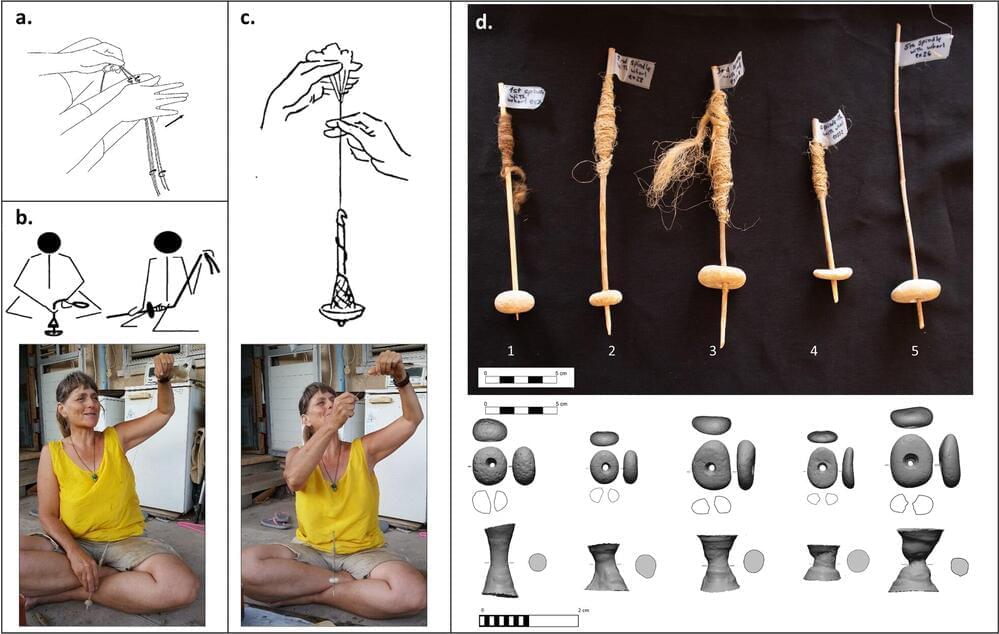Research from Yale School of Medicine indicates a strong link between air pollution levels and eczema prevalence in the U.S.
The study found that residents in high PM2.5 areas are twice as likely to develop eczema, suggesting significant health implications of air pollution on skin conditions.
A new study published today, November 13, 2024, in the journal PLOS ONE has found that people living in areas with higher air pollution are more likely to have eczema. Led by Dr. Jeffrey Cohen of Yale School of Medicine, the study explores the potential environmental impact of industrialization on skin health.







